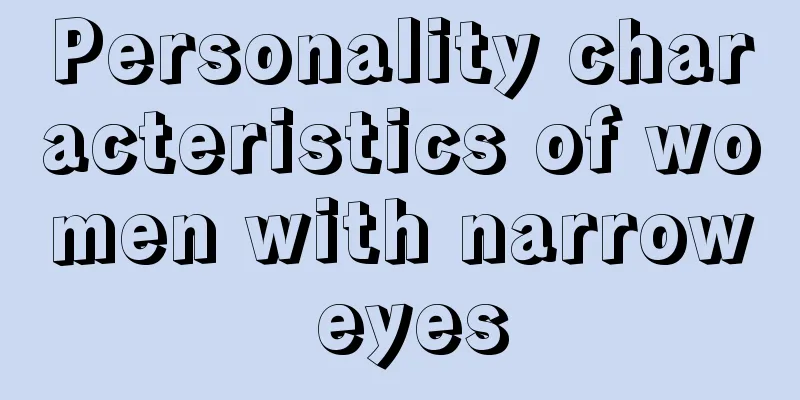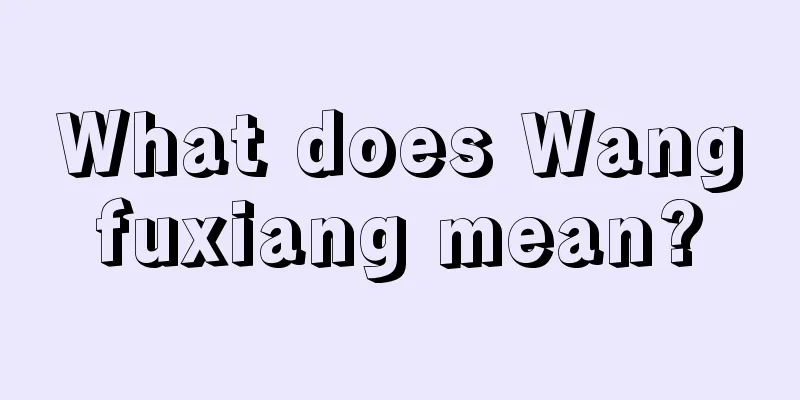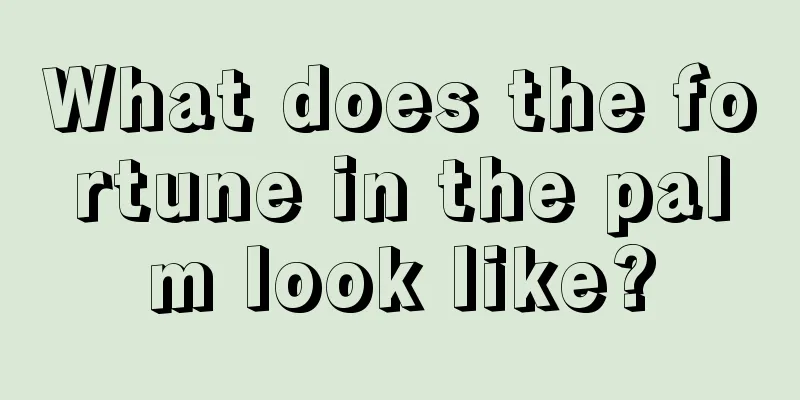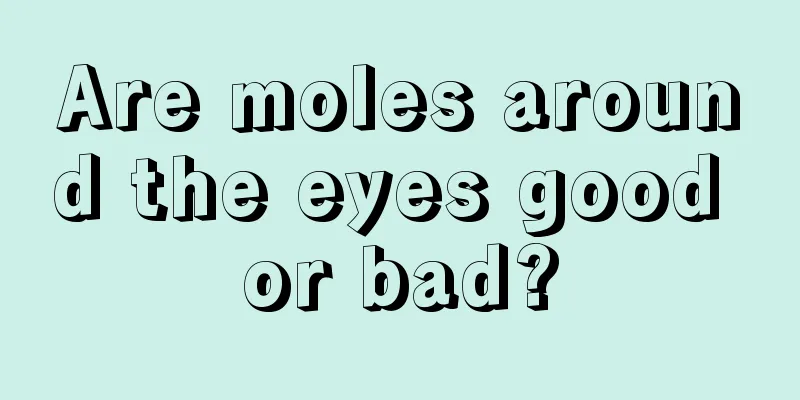When R3 starts to abandon private blockchain, you know how difficult it is to apply it
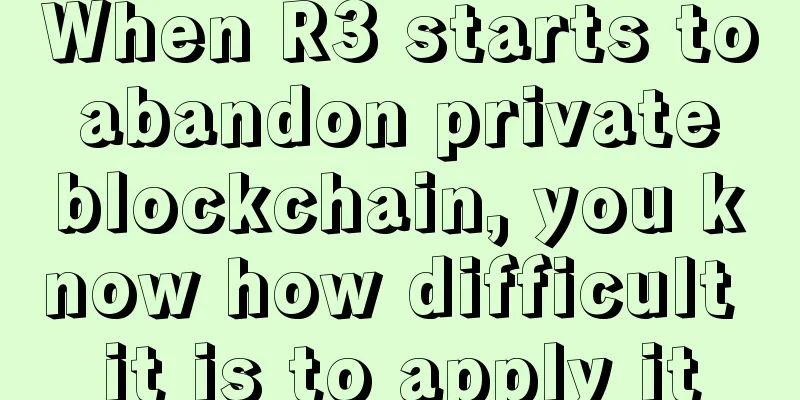
|
After spending a lot of time and money on blockchain research, the answer given by the R3 blockchain alliance is "We don't need blockchain." It feels like watching a top student help you solve a math problem, and half a day later he tells you that this problem does not need an answer. When the exploration of private chains repeatedly encounters bottlenecks, one can't help but wonder, is the successful application of blockchain limited to Bitcoin? Recently, the R3 blockchain alliance, a focus of attention in the financial technology field, suddenly announced that it would abandon blockchain technology. This decision instantly confused all blockchain enthusiasts. After all, "If you are a blockchain alliance, what else can you do if not blockchain?" The answer given by R3 is, "Not needing blockchain is the 'appropriate feature' of Corda." Inevitably, R3’s public announcement of this decision has attracted criticism in the industry, one of which is the view that “private chains are useless”, claiming that R3’s entire previous research process was a waste of time and energy. So, what is a private chain and how does it relate to blockchain? In fact, blockchain can be roughly divided into public chain and private chain. The most typical and successful application of public chain is Bitcoin. Public chain refers to a blockchain that can be read by anyone in the world, anyone can send transactions and transactions can be effectively confirmed, and anyone can participate in the consensus process. Public chain makes complete decentralization possible, and its application in the economic field is more like an advanced and idealized economic thought. Compared with public chains, private chains are not completely decentralized, that is, not everyone can verify the blocks on the chain. Among the subtypes of private chains, "partially decentralized" consortium chains are the research direction of blockchain technology that most financial giants are currently keen on. Only specific financial institutions are allowed to participate, and the consensus mechanism between banks replaces the centralized certification of regulatory agencies, thereby greatly improving transaction efficiency. This constitutes the original intention of the establishment of the R3 Alliance. In the past two years or so, R3, the startup behind the world's largest private blockchain alliance, has been exploring various applications in trade finance, digital identity recognition and asset exchange, and last year it opened the code of the Corda platform for free use by the outside world. Corda was originally set up as a permissioned distributed ledger to manage legal agreements between financial institutions and limit the information that each party sees. However, some people believe that the application of private chains is completely meaningless because it cannot guarantee that transaction record data will not be tampered with, thus losing the value of the distributed ledger itself. Now that R3 has also stated that Corda does not need blockchain at all, it is natural that what R3 has been researching for so long and the technology used by Corda will cause controversy. After all, the startup R3 originally "made money" from its member banks under the banner of blockchain. Throughout 2016, R3 has appeared frequently in financial media. As a blockchain alliance with many star members, despite the departure of Goldman Sachs and Santander, it has not stopped the industry from being full of expectations for its exploration in blockchain. Today, the most promising blockchain organizations have begun to give up their attempts at private chains, and the application prospects of private chains are indeed worrying. In the past year, the regulatory authorities have provided a very good policy background for the research of blockchain, so the macro environment will not hinder the development of blockchain. Now it seems that how to improve the "cost-effectiveness" of private chain applications is the current problem for blockchain explorers. Now that Bitcoin has once again sounded the horn after experiencing the low point around the Spring Festival, private chains have once again lost their morale in front of public chains. |
<<: Online virtual currency supervision and overseas legislation reference
>>: Who will be the next "rival" of Alipay and WeChat Pay? Central bank digital currency!
Recommend
Ethereum Market Chaos After Merger
Trends of the Week As selling pressure increases ...
Is it good fortune for people with small foreheads?
The fortune of having a narrow forehead People wi...
Men who don't like to quarrel with others
Some people are born to be calculative, so when t...
What does Tianma in the life palace represent?
Tianma in the life palace is actually an interpre...
The shape of the mouth can tell a person's fortune
The shape of the mouth can tell a person's fo...
Will the cryptocurrency market’s sluggish performance continue?
Uncertainty over U.S. tariffs, exacerbated by a l...
Forehead lines indicate a lack of responsibility
People's happiness should be in their own han...
Revealing the secrets of which face women will have bad marriages
For women who have a bad marriage, it will all be...
Women with moles on their left breasts have good fortune.
What about a woman with a mole on her left breast...
People born under the sign of Jingquanshui have hanging noses. What is their fortune and personality?
Many times we judge a person's character by h...
In this tug-of-war over capacity expansion, why are miners destined to be losers?
Peter Rizun (BU developer) recently published an ...
Is it good for a woman to have a mole on the back of her right hand?
Moles are closely related to us and have a certai...
What does career line mean?
The fate line, also known as the career line, luc...
What does a mole near the philtrum mean?
We know that the philtrum is a very important par...
What does a mole on a woman's sole mean?
If a girl has a mole on the front of her foot, it...
